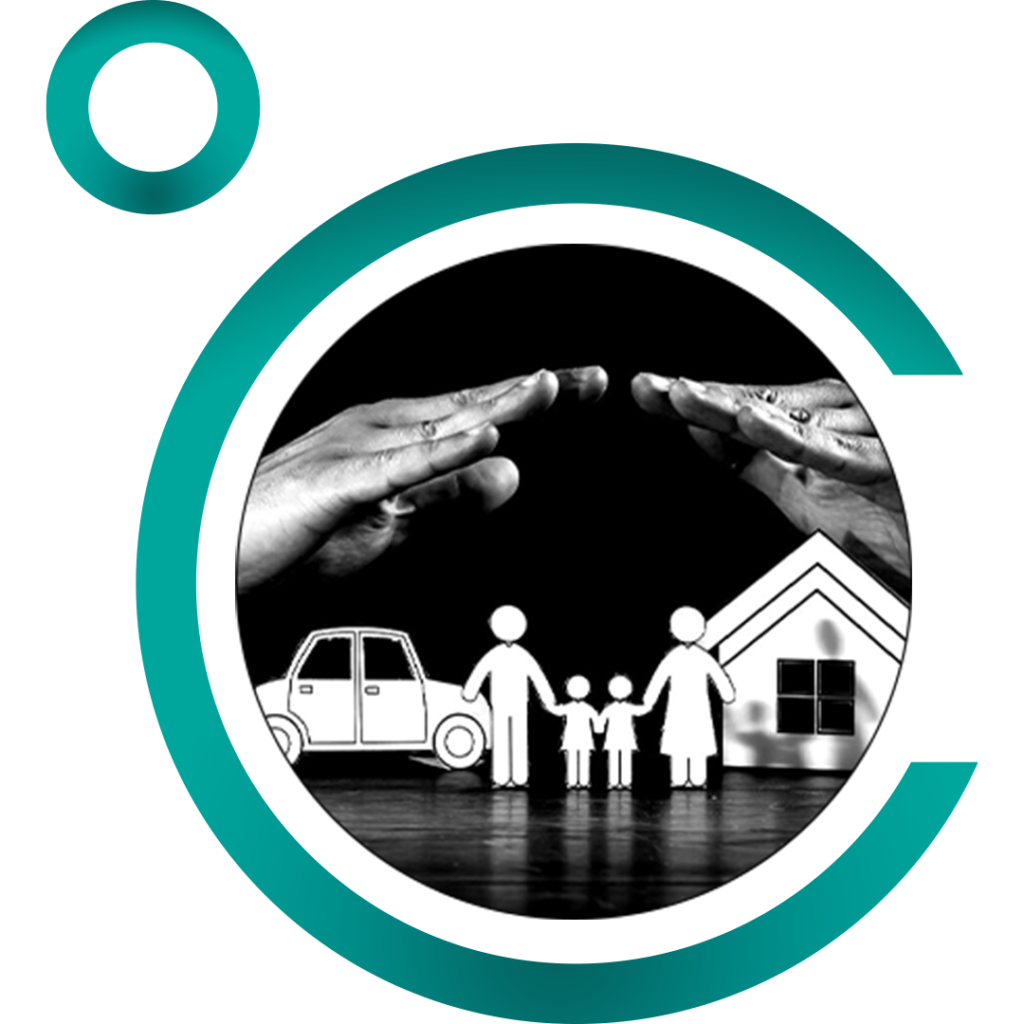GUIDE TO INSURANCE
Insurance is a written contract between an insurance company (insurer) and an individual or entity for which the insurer provides protection against financial losses. The insurance company is able to provide this protection by pooling risk from a large group of individuals and entities with similar needs.
Insurance is generally designed to protect you in the event of a loss you can’t otherwise pay for, such as if you total your car or require expensive surgery. If you don’t carry insurance, you may be 100% responsible for all related costs and expenses when an accident happens.
An insurance policy is a legal contract through which an individual or entity receives protection against unexpected financial losses from an insurance company. In exchange for a premium, the insurance company will reimburse you for losses should a covered contingency arise.
Let’s say you just bought a car and want to buy insurance, as your state requires. You and the insurance company would enter into a contractual agreement in which the insurance company agrees to protect your car against certain types of damage. Six months later, you’re involved in an accident that ruins your front fender. If your car insurance policy is in force and the damage to your fender is covered, your insurer will pay to repair the damage to any extent or limits specified in the policy.


Insurance is a way to manage unforeseen risks. The instrument by which it does this is a written contract between an insurer (the insurance company) and a policyholder (the individual or entity that gets the policy)—these documents are the insurance policy.
An insurance policy remains in force for a specific period, known as the policy term. When the term ends, you usually have the option to renew the policy, terminate it, or buy a new one. When you buy an insurance policy, you should understand what it covers if there are any exclusions that limit coverage, and the responsibilities you must fulfill for the insurance company to reimburse losses.
One of your responsibilities is to understand the basics of your insurance contract and to read the policy fine print. An insurance contract typically will have these basic parts:
- Declaration Page: The insurance declaration page is the first page of your policy and it identifies policy basics, including the insured, what risks are covered, the policy limits, and the term of the policy.
- Insuring Agreement: The insuring agreement summarizes what the insurer promises to do in exchange for your premium.
- Exclusions: The exclusions section comes after the Insuring Agreement and highlights what your policy doesn’t cover.
- Conditions: The conditions section has provisions that qualify or limit your insurer’s promise to reimburse or perform. The insurer can deny a claim if you fail to meet these conditions.


